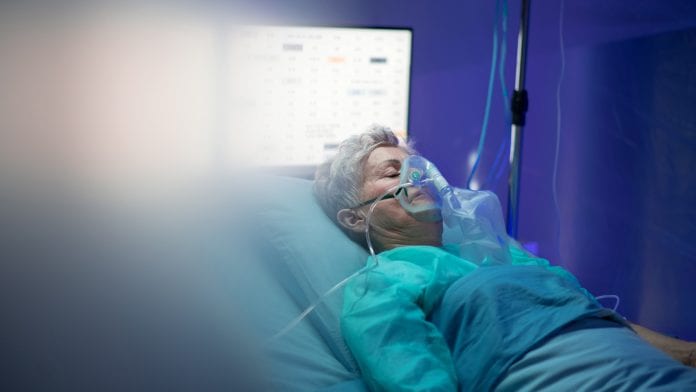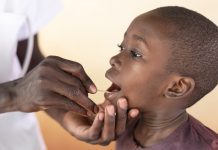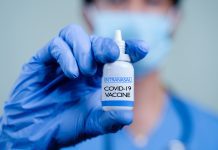
The World Health Organization has released new recommendations for releasing COVID-19 patients from isolation.
Care must be taken when releasing COVID-19 patients from isolation in order to ensure containment of the virus. The World Health Organization (WHO) has now released updated recommendations for discharging these patients to reflect recent findings that asymptomatic patients may still test positive for COVID-19 for weeks after recovery.
The World Health Organization highlights that despite positive test results, COVID-19 patients are not likely to be infectious once clinically recovered, minimising risk of transmitting the virus to another individual.
New COVID-19 release recommendation
Previously, the recommendation for releasing COVID-19 patients required patients to be fully clinically recovered from the virus and to have two negative RT-PCR results on sequential samples taken at least 24 hours apart. The WHO based this recommendation on knowledge and experience of coronaviruses such as SARS and MERS. To date, based on feedback to the WHO, Member States have highlighted the difficulty with the international recommendation of needing two negative tests for discharge due to problems such as supplies, equipment, and personnel, which often leads to long periods of isolation. There has also been insufficient testing capacity in many countries.
The new recommendation is an updated element of the clinical care pathway of a COVID-19 patient and considers the new findings that patients may not be infectious despite testing positive for the virus.
For discharging patients from isolation without requiring retesting, the WHO recommends for symptomatic patients that they are discharged ten days after symptom onset, plus at least three additional days without symptoms (including without fever and without respiratory symptoms), and for asymptomatic cases ten days after a positive test.
The recommendation states: ‘For example, if a patient had symptoms for two days, then the patient could be released from isolation after ten days + three = 13 days from date of symptom onset; for a patient with symptoms for 14 days, the patient can be discharged (14 days + three days =) 17 days after date of symptom onset; for a patient with symptoms for 30 days, the patient can be discharged (30 + three =) 33 days after symptom onset).’
It also emphasises that countries may choose to continue to use testing as part of the release criteria. The new criteria apply to all COVID-19 cases regardless of the severity of the disease or location.










